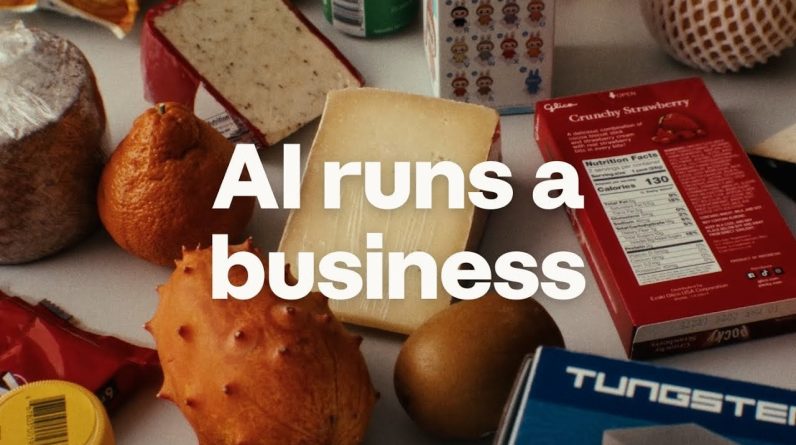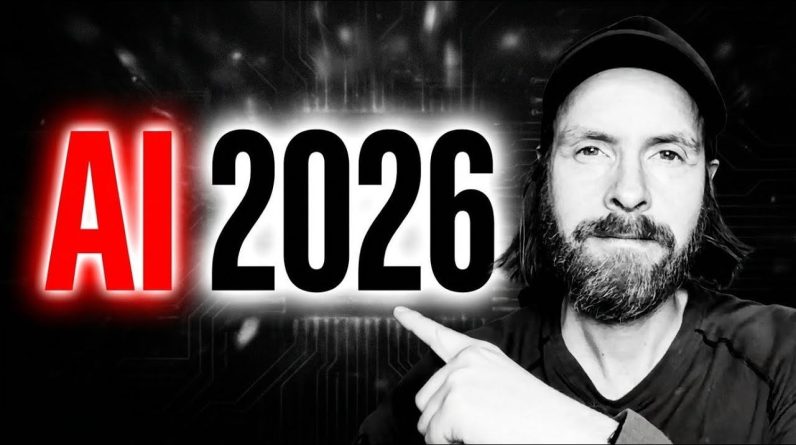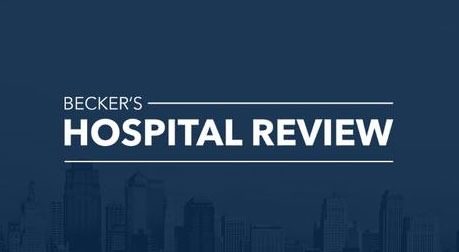The Brief
-
Microsoft researchers identified 40 jobs most likely to be disrupted by generative AI, many of them white-collar roles.
-
Interpreters, writers, and sales reps are among the most exposed; teachers and analysts also rank high.
-
Jobs with the least AI exposure involve physical labor or manual equipment handling.
LOS ANGELES – A college degree used to be a reliable buffer against job disruption. But in a world increasingly shaped by artificial intelligence, that safety net is fraying fast.
A new report from Microsoft has identified dozens of professions highly vulnerable to replacement by generative AI—and many of them are white-collar jobs that require advanced degrees. The study analyzed how closely AI models like Copilot could already perform key tasks in various fields and ranked jobs by their “AI applicability.”
Topping the list of most exposed jobs? Interpreters, historians, writers, and customer service representatives. Roles in sales and education also showed high overlap with generative AI’s capabilities.
Which jobs are most at risk from AI?
What we know
The study found that generative AI is especially capable of performing tasks involving language, analysis, and communication—areas that dominate many office, media, and teaching professions.
-
The Microsoft study analyzed 200,000 real-world Copilot user interactions and compared them with occupational data.
-
Roles in translation, writing, and communication scored highest in AI applicability.
-
Sales representatives, customer service workers, and even postsecondary educators showed high exposure to AI capabilities.
Among the 40 jobs most affected by AI, several require four-year degrees or higher. This challenges the long-held belief that higher education alone guarantees job security in an evolving workforce.
Even education—a popular fallback field in recent years for Gen Z jobseekers—was flagged in the report. Positions like farm and home management educators and library science professors showed high AI applicability scores, meaning key tasks in those fields could be performed by tools like Copilot.
What we don’t know
Researchers noted that their findings focus only on generative AI models like large language models (LLMs), meaning other types of AI or automation could impact different industries not reflected in this data.
-
How quickly companies will adopt AI tools to replace or restructure jobs.Whether future AI models will impact currently low-exposure jobs like driving or manual trades.
-
How workforce retraining or new policies may help offset coming disruptions.
The report also focused specifically on generative AI (LLMs), not other forms of automation like robotics or traditional software—so the findings may understate AI’s full job market impact.
Top 10 jobs most at risk from AI
-
Interpreters and Translators
-
Customer Service Representatives
-
Ticket Agents and Travel Clerks
-
Broadcast Announcers and Radio DJs
Top 10 jobs least affected by AI
-
Water Treatment Plant Operators
-
Foundry Mold and Coremakers
-
Rail-Track Maintenance Equipment Operators
-
Floor Sanders and Finishers
-
Logging Equipment Operators
Why you should care
While the current wave of AI is unlikely to impact all jobs equally, its reach is expanding. Microsoft’s researchers say knowledge-based, task-heavy work is especially susceptible. That includes computer science, administrative support, marketing, and media. Even politically sensitive jobs like public safety telecommunicators and librarians appeared on the high-risk list.
According to Nvidia CEO Jensen Huang, workers don’t necessarily need to fear being replaced by AI itself—but by someone who knows how to use it better. “You’re not going to lose your job to an AI,” Huang said earlier this year. “But you’re going to lose your job to someone who uses AI.”
What’s next
While many of the most exposed jobs are already seeing changes—especially in customer service and content creation—experts warn the full transformation is only beginning. Business leaders suggest that workers focus on AI literacy, upskilling, and hybrid roles that blend technical and interpersonal strengths.
The Source
This article is based on findings from a July 2025 report by Microsoft researchers analyzing AI applicability across hundreds of U.S. occupations. Additional context was provided by the U.S. Bureau of Labor Statistics and public remarks from business leaders including Nvidia CEO Jensen Huang.








